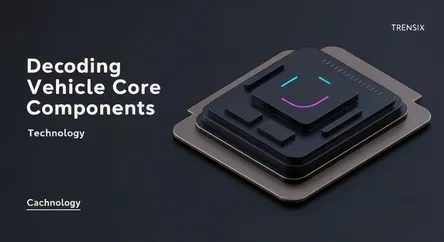Technology
Decoding Vehicle Core Components

Discover what core components are in the auto industry. Learn about core charges and why these used parts are vital for remanufacturing and recycling.
What is it?
In the automotive world, a "core component" is a used, repairable part that can be remanufactured to factory specifications. When you buy a replacement part like an engine, transmission, or alternator, you often pay a "core charge." This deposit is refunded when you return your old, broken part—the core—to the supplier. This system ensures a steady supply of these components for the remanufacturing industry, creating a cycle of reuse for valuable vehicle parts that would otherwise become waste.
Why is it trending?
The focus on core components is rising due to the global push for sustainability and a circular economy. Remanufacturing a core uses significantly less energy and raw materials than producing a new part, reducing environmental impact. Amid supply chain disruptions, a steady supply of cores helps stabilize the availability of replacement parts. This trend also aligns with consumer demand for more affordable and eco-friendly vehicle repair options, making remanufactured components a popular choice over expensive new parts.
How does it affect people?
For car owners, the core system provides a cost-effective alternative for major repairs, requiring them to return the old part to reclaim their deposit. For mechanics, handling cores is a routine part of business that allows them to offer competitive pricing. Ultimately, this practice benefits everyone by reducing landfill waste, conserving resources, and lowering the overall cost of vehicle maintenance. It makes the automotive lifecycle more sustainable and affordable for consumers while supporting a robust remanufacturing industry.